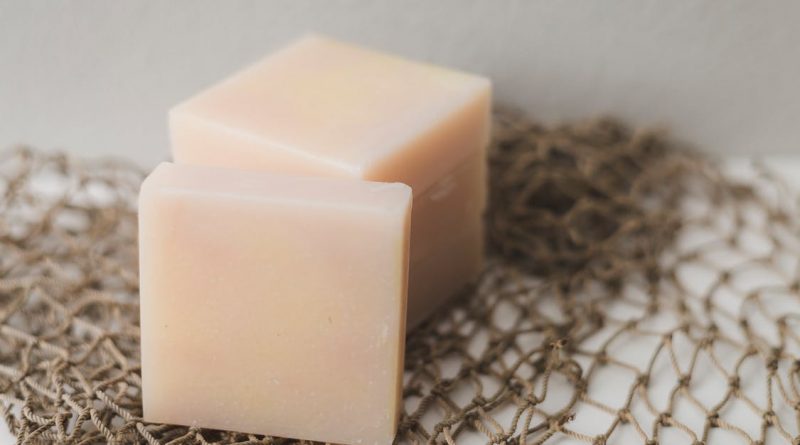7 Facts and Myths About Mold
Mold is an airborne spore that grows on wet surfaces. This could be drywall after a flood, a wet windowsill or anyplace in your home where there is a leak. It’s a problem every homeowner faces sooner or later. But knowing how to prevent or eliminate mold means understanding what makes it grow. Read on to learn seven facts and myths about mold
Post Content
Myth 1: You won’t find mold in a clean (or new) house.
Fact: Microscopic mold spores are present in the air both indoors and outdoors. Mold becomes a problem inside when water or humidity cause it to grow. This issue can affect any home, both old and new. In fact, new homes can have serious mold problems. Construction materials used today, like drywall, are more absorbent than traditional products like plaster. Modern homes are more airtight so when dampness and mold occur, the air quality declines faster. Mold growth is not related to good housekeeping or the age of the home. Excess moisture, high humidity and moderate temperatures can cause mold problems.
Myth 2: If there is mold, it will have a musty smell
Fact: A moldy scent is one way to find mold. But mold can be present even if you don’t smell it. To check for mold in your home, use your eyes and your nose.
Myth 3: If your home has mold, you should clean it yourself
Fact: Mold can cause health problems, such as allergic reactions, asthma attacks and hay fever-like symptoms. For that reason, the Environmental Protection Agency (EPA) recommends hiring professional contractors to clean an area larger than 10 square feet. The EPA also recommends finding a contractor with experience in cleaning up mold. For example, the mold remediation specialists at SERVPRO use a seven-step process to assess the damage and contain the mold. Filtering the air and cleaning and restoring your home or office complete the process.
Myth 4: You should use bleach to kill mold
Fact: Bleach will kill mold on a hard surface, like tile. It is not as effective on a porous surface. However, porous materials, such as carpet and drywall, should be replaced after mold growth.
Because the fumes from chlorine can be dangerous, some experts advise against using bleach to eliminate mold. Instead, prevent mold growth with regular cleaning with household detergent. To safely clean up your home, bring in professional mold remediation specialists.
Myth 5: Air conditioning helps reduce household mold
Fact: This is true. The Centers for Disease Control and Prevention (CDC) recommends using an air conditioner to keep the humidity in your home at 50% or lower. Other ventilation tips to prevent mold include using exhaust fans in the kitchen and bathroom and using a meter to track your home’s humidity. To remove mold spores from the air, use an air purifier and periodically replace the filters in your HVAC system.
Myth 6: Mold testing is important
Fact: According to the EPA, testing for mold is unnecessary. If there is visible mold in your home, it should always be removed. Some homeowners are concerned that the type of mold in their home is toxic black mold, but all molds can pose health risks and should be remediated immediately, so the cost and delay of a test is not beneficial. After a cleanup, it can be useful to test surface samples to see if an area was adequately cleaned.
Myth 7: Once mold is cleaned up, the problem is solved
Fact: Mold can return if the source of moisture is still present. The CDC recommends the following steps to prevent mold growth:
- Keep the humidity in your home at 50%
- Repair leaks in the roof, walls or plumbing
- After a flood, clean up and dry out your home within 24 – 48 hours
- Add mold inhibitors to paints before painting.
- Clean bathrooms with mold-killing products.
- Avoid using carpet in places like bathrooms or basements that may have a lot of water




